Imagine a roof that not only protects your home but also elevates its aesthetics with a touch of sophistication. This is the promise of architectural shingles, a roofing solution that’s rapidly gaining popularity among homeowners and builders alike.
Whether you’re in the market for a new roof or just curious about the latest in roofing technology, this guide will provide you with everything you need to know.
Architectural shingles, also known as laminated shingles or dimensional shingles, offer superior durability, enhanced aesthetics, and a wealth of benefits over traditional roofing materials.
1. Understanding Architectural Shingles
1.1 Definition and Terminology
Architectural shingles are a type of asphalt shingles, but with a twist. Unlike traditional three-tab shingles, architectural shingles have a multi-dimensional appearance and are designed to mimic the look of high-end roofing materials like cedar or slate. Known for their durability and aesthetic appeal, these shingles are often referred to as laminated shingles or dimensional shingles due to their layered construction.
1.2 Historical Context
Origins: Architectural shingles were developed in the 1970s as a premium alternative to traditional asphalt shingles. The goal was to create a product that offered the longevity and aesthetic appeal of high-end roofing materials without the associated high costs.
Evolution: Over the decades, architectural shingles have evolved significantly in terms of design, durability, and functionality. Modern manufacturing techniques and materials, such as those used by CertainTeed Roofing, have made these shingles more resilient and visually appealing than ever before.
1.3 Composition and Structure
Layers: Architectural shingles typically consist of multiple layers of asphalt that are laminated together. This multi-layered construction provides a thicker, more durable shingle that can withstand harsher weather conditions.
Materials Used: The core materials typically include a fiberglass mat for reinforcement, asphalt for waterproofing, and ceramic-coated granules for added UV protection and color. This composition not only enhances the durability but also the visual appeal of the shingles on a house.
2. Features and Benefits of Architectural Shingles
2.1 Enhanced Durability
- Durability Compared to Traditional Shingles: Architectural shingles are thicker and heavier than traditional three-tab shingles, which translates to higher durability. They can withstand winds up to 120 mph, making them an excellent choice for areas prone to severe weather.
- Weather Resistance: Their robust construction makes them resistant to many weather conditions, including high winds, hail, and intense sunlight.
2.2 Aesthetic Appeal
- Design Variety: Architectural shingles are available in a wide range of colors, textures, and styles, allowing homeowners to choose an option that perfectly complements their home’s exterior.
- 3D Appearance: These shingles feature varying shapes and sizes that create a 3D effect, mimicking the look of more expensive roofing materials like wood or slate.
2.3 Improved Lifespan
- Longevity: Architectural shingles generally last 25-30 years or more, significantly longer than traditional three-tab shingles, which typically last 15-20 years.
- Maintenance Requirements: Thanks to their durable construction, architectural shingles require less maintenance and fewer repairs over their lifespan.
2.4 Energy Efficiency
- Temperature Regulation: Some architectural shingles come with reflective coatings that help regulate the temperature inside your home by reflecting sunlight.
- Energy Savings: Better insulation and reflective properties can lead to significant savings on energy bills, making your home more energy-efficient.
3. Installation Process
3.1 Preparation
- Roof Inspection: Before installing architectural shingles, it’s crucial to conduct a thorough roof inspection to identify any underlying issues like rot or leaks.
- Materials and Tools: You’ll need underlayment, nails, a hammer, a utility knife, chalk line, and a roofing contractor in Vancouver, WA, for professional advice and installation.
3.2 Step-by-Step Installation
- Underlayment: Install a waterproof underlayment to serve as a secondary barrier against moisture.
- Shingle Alignment: Use a chalk line to ensure shingles are aligned correctly. This step is crucial for both aesthetics and functionality.
- Nailing and Sealing: Proper nailing and sealing techniques are essential to prevent leaks. Ensure nails are driven straight and flush with the shingle surface.
- Flashings: Install flashings around vents, chimneys, and other roof protrusions. Flashings help to direct water away from seams and joints.
- Ridge Caps: Finish with ridge cap shingles to cover the ridge and hips of the roof. Ridge caps are typically thicker and more durable than field shingles.
3.3 Professional vs. DIY Installation
- Pros and Cons:
- Professional Installation:
- Pros: Higher quality workmanship, warranty coverage, quicker completion time.
- Cons: Higher upfront costs.
- DIY Installation:
- Pros: Cost savings, personal satisfaction.
- Cons: Risk of improper installation, no warranty, potential safety hazards.
- Professional Installation:
- Cost Implications:
- Professional Installation: Generally costs more upfront but can save money in the long run by reducing the risk of improper installation and subsequent repairs.
- DIY Installation: Initial savings can be offset by the potential need for future repairs and lack of warranty.
4. Cost Considerations
4.1 Initial Cost
Comparative Analysis: Architectural shingles are typically more expensive than traditional three-tab shingles but are less costly than premium materials like slate or metal roofing.
| Roofing Material | Estimated Cost Per Square Foot |
|---|---|
| Traditional 3-tab Shingles | $0.80 – $1.20 |
| Architectural Shingles | $1.20 – $1.80 |
| Slate | $5.00 – $10.00 |
4.2 Long-Term Value
Return on Investment: The long-term benefits and durability of architectural shingles can offer a higher return on investment. They often come with extended warranties, sometimes up to 50 years, providing peace of mind for homeowners.
Warranties: Manufacturers like CertainTeed Roofing offer extensive warranties on their architectural shingles, which can cover defects and sometimes even installation costs.
5. Environmental Impact
5.1 Sustainability
Recyclability: Many architectural shingles are made with recyclable materials, and some manufacturers offer recycling programs for old shingles.
Energy Efficiency Benefits: Reflective coatings on architectural shingles can contribute to lower energy consumption by maintaining a more stable indoor temperature, which in turn reduces the home’s carbon footprint.
5.2 LEED Certifications
Eco-Friendly Certifications: Installing energy-efficient roofing materials like architectural shingles can contribute to earning LEED (Leadership in Energy and Environmental Design) points, a globally recognized symbol of sustainability achievement.
6. Common Misconceptions
6.1 Higher Cost Myth
Clarification: While the initial cost of architectural shingles is higher than traditional shingles, their durability and longevity often make them more cost-effective in the long run. The investment pays off in terms of reduced maintenance and replacement costs.
6.2 Limited Styles Myth
Variety of Choices: Architectural shingles come in an extensive range of styles and colors, allowing homeowners to choose a look that complements their house perfectly. Brands like CertainTeed Roofing offer numerous options to suit various aesthetic preferences.
Conclusion
Summary of Benefits: Architectural shingles offer numerous advantages, including enhanced durability, aesthetic appeal, improved lifespan, and energy efficiency. They are an excellent investment for any homeowner looking to upgrade their roof.
Final Thoughts: Consider architectural shingles for your next roofing project to not only protect your home but also enhance your home’s curb appeal. They are a versatile and high-performance option that combines functionality with an attractive appearance.
Call to Action: Ready to transform your home with a new architectural roof? Contact a professional roofing contractor in Vancouver, WA, to get expert advice and a detailed quote. Whether you’re looking to install CertainTeed Roofing products or another high-quality brand, a qualified contractor can help you make the best choice for your specific needs.
By delving deeply into the world of architectural shingles, this comprehensive guide aims to provide everything you need to make an informed decision for your roofing project.
From understanding the basics to exploring installation processes and cost considerations, this article covers it all. Architectural shingles offer a blend of elegance and robustness, making them a top choice for homeowners looking to elevate their home’s exterior while ensuring long-lasting protection.
So next time you think about upgrading the shingles on your house, remember the unique advantages that architectural shingles bring to the table. Whether you’re aiming for improved durability, aesthetic enhancement, or energy efficiency, these laminated shingles provide a holistic roofing solution.
Choosing a reputable brand like CertainTeed Roofing can further ensure that you’re getting the best in quality and performance. So go ahead, make the switch, and watch your home transform before your eyes.


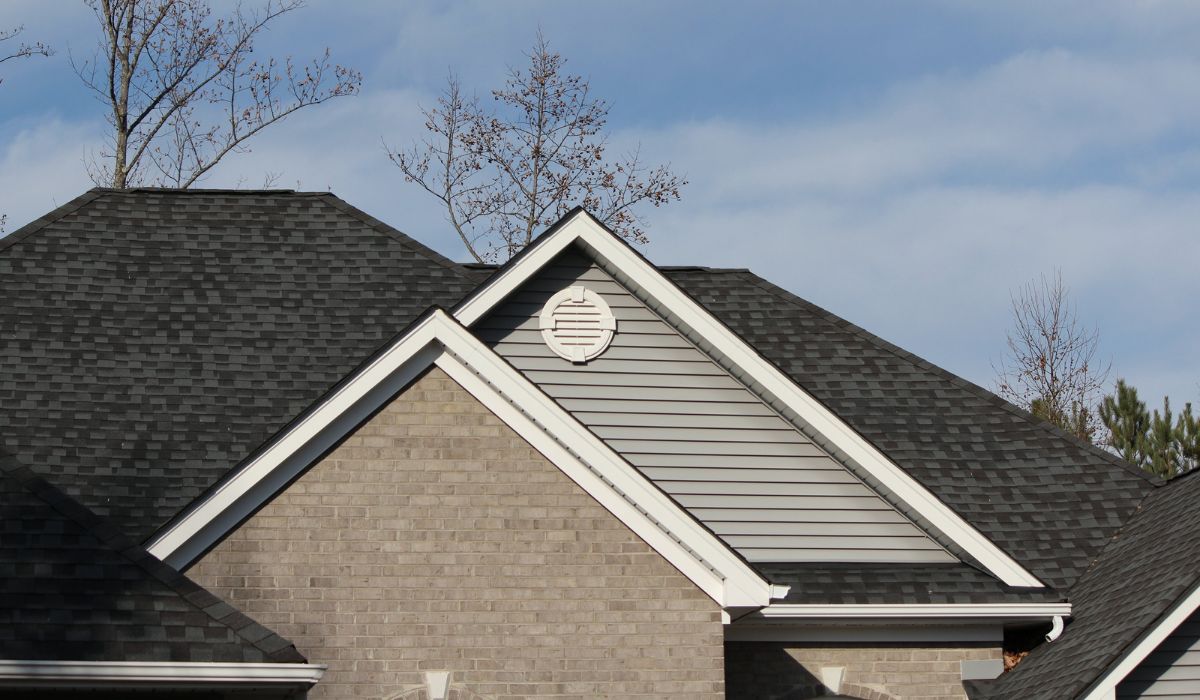
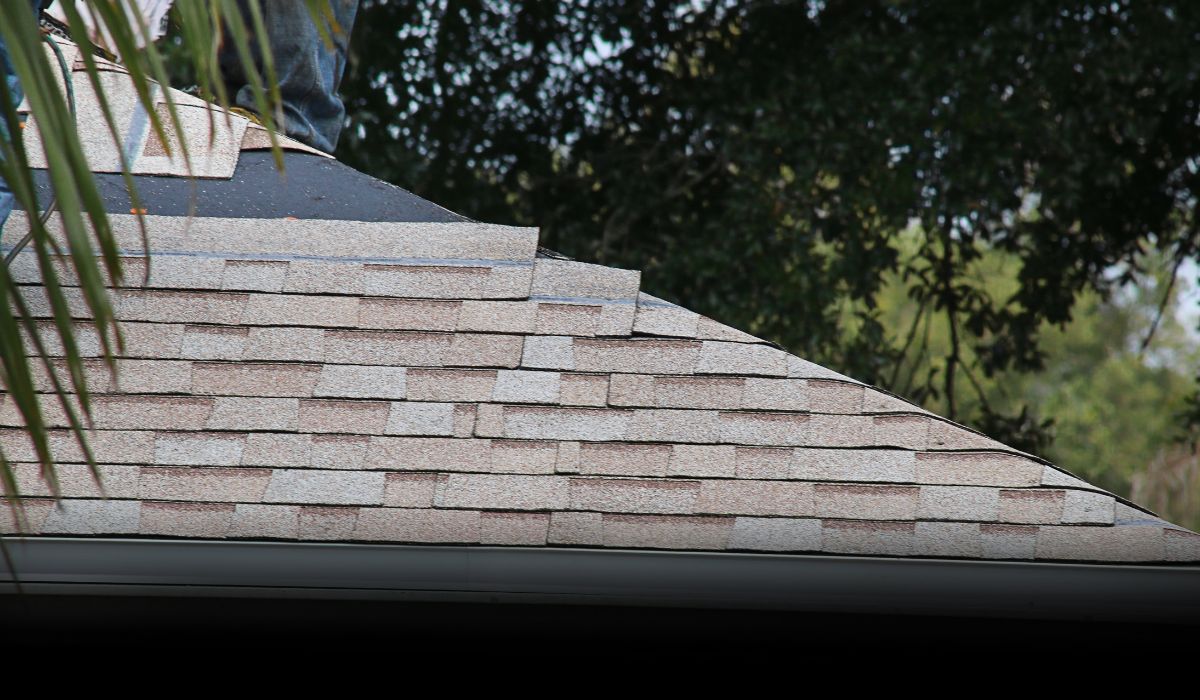






 Preventative home maintenance isn’t just about fixing things when they break; it is a proactive approach to maintaining the overall health of your home.
Preventative home maintenance isn’t just about fixing things when they break; it is a proactive approach to maintaining the overall health of your home.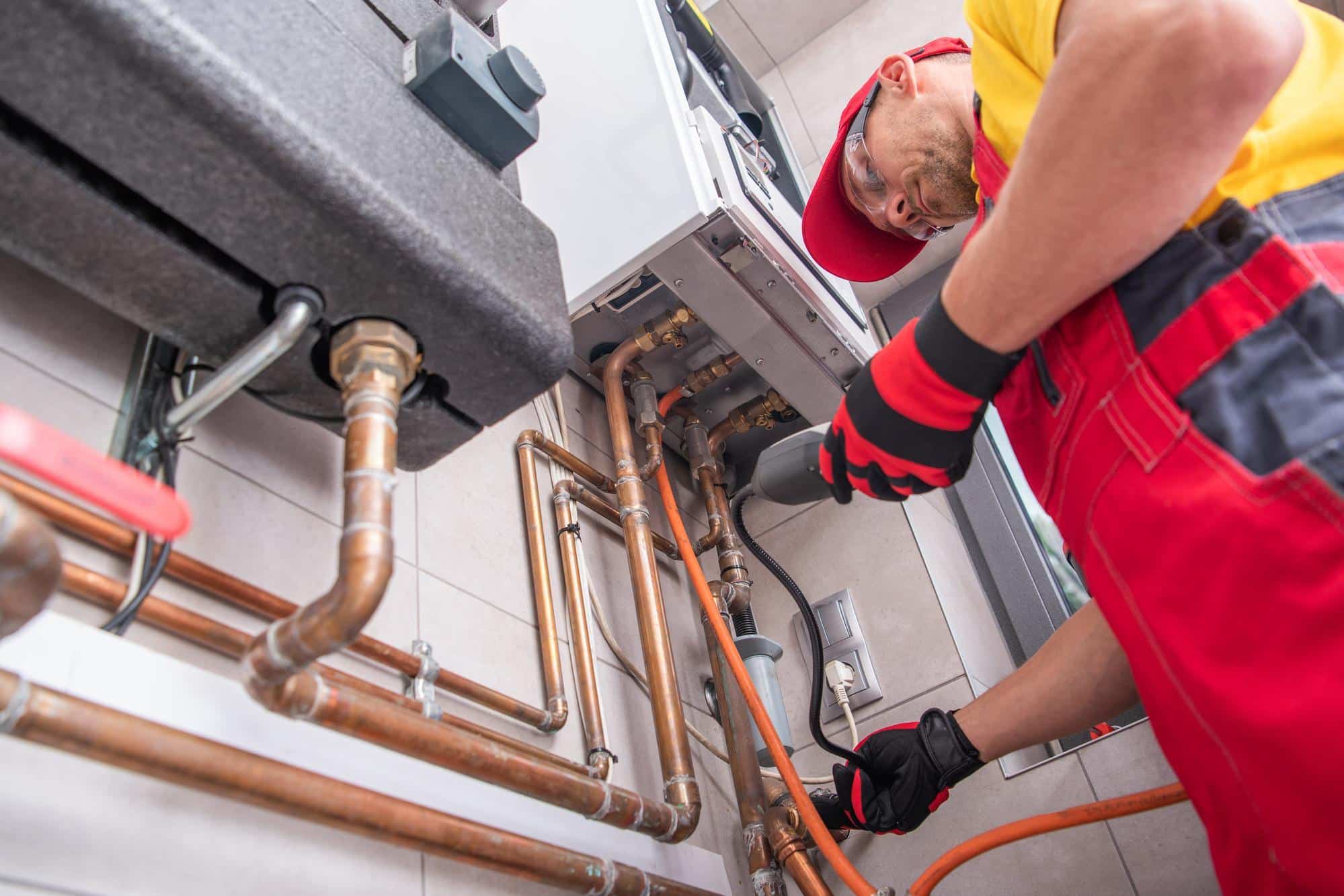 Areas of the Home to Prioritise in Preventative Maintenance
Areas of the Home to Prioritise in Preventative Maintenance
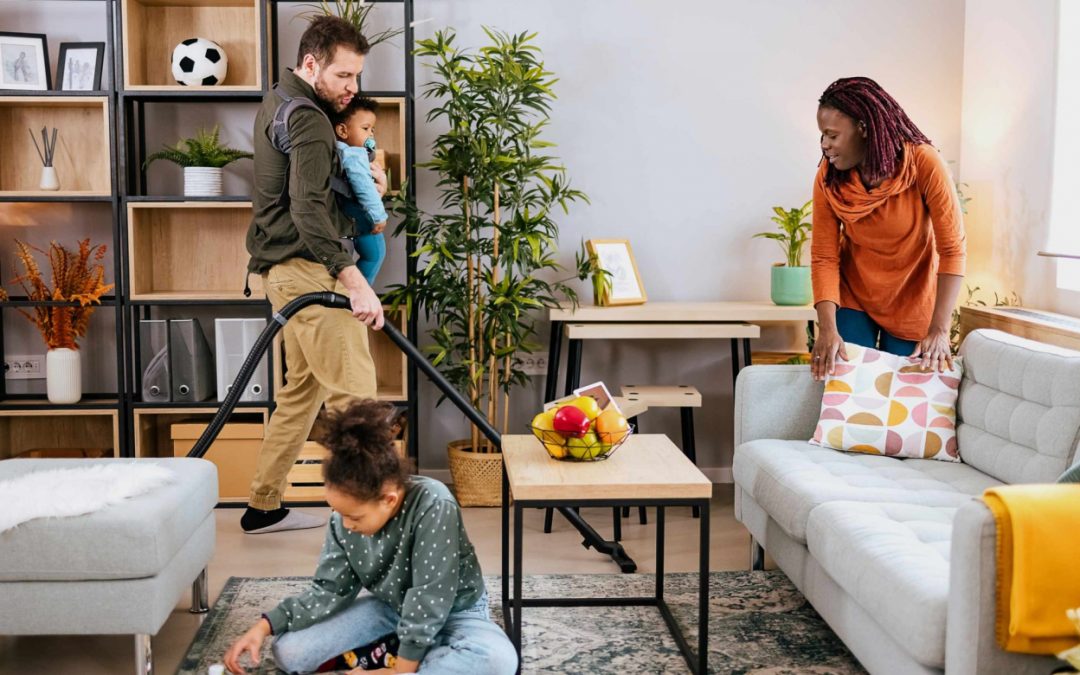
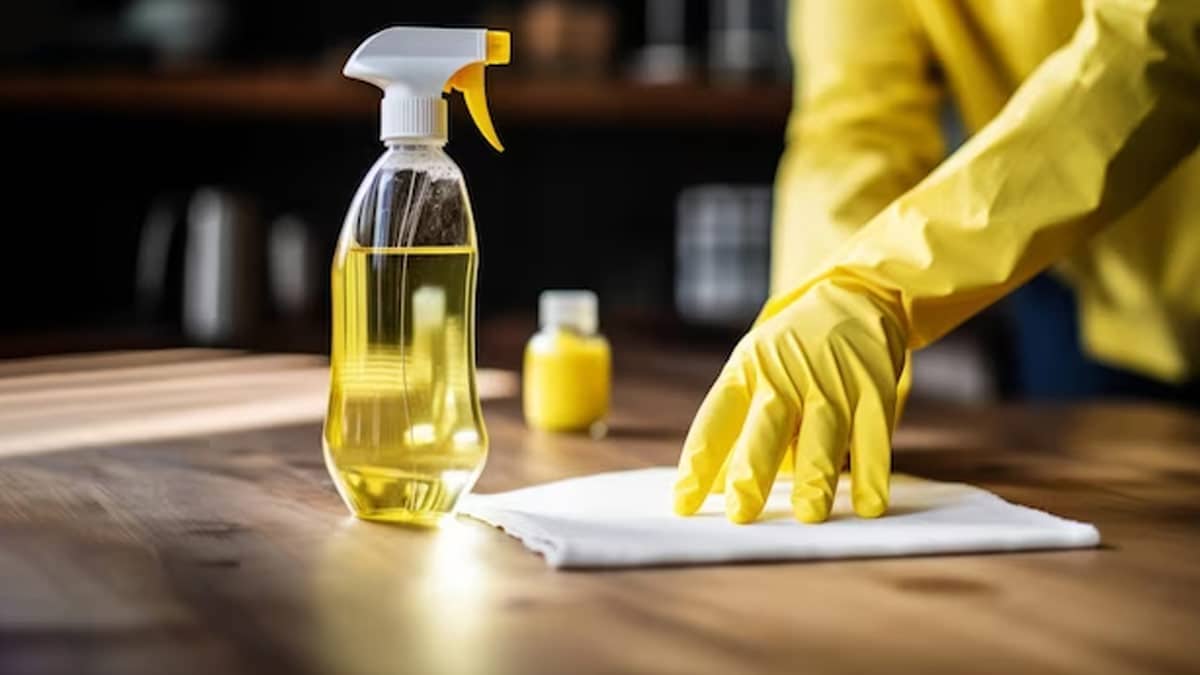
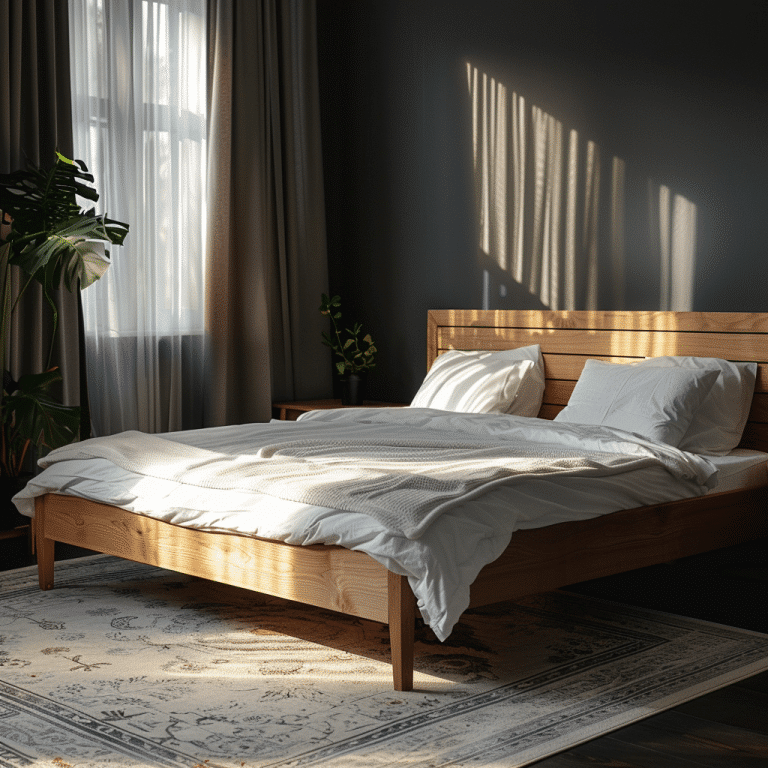
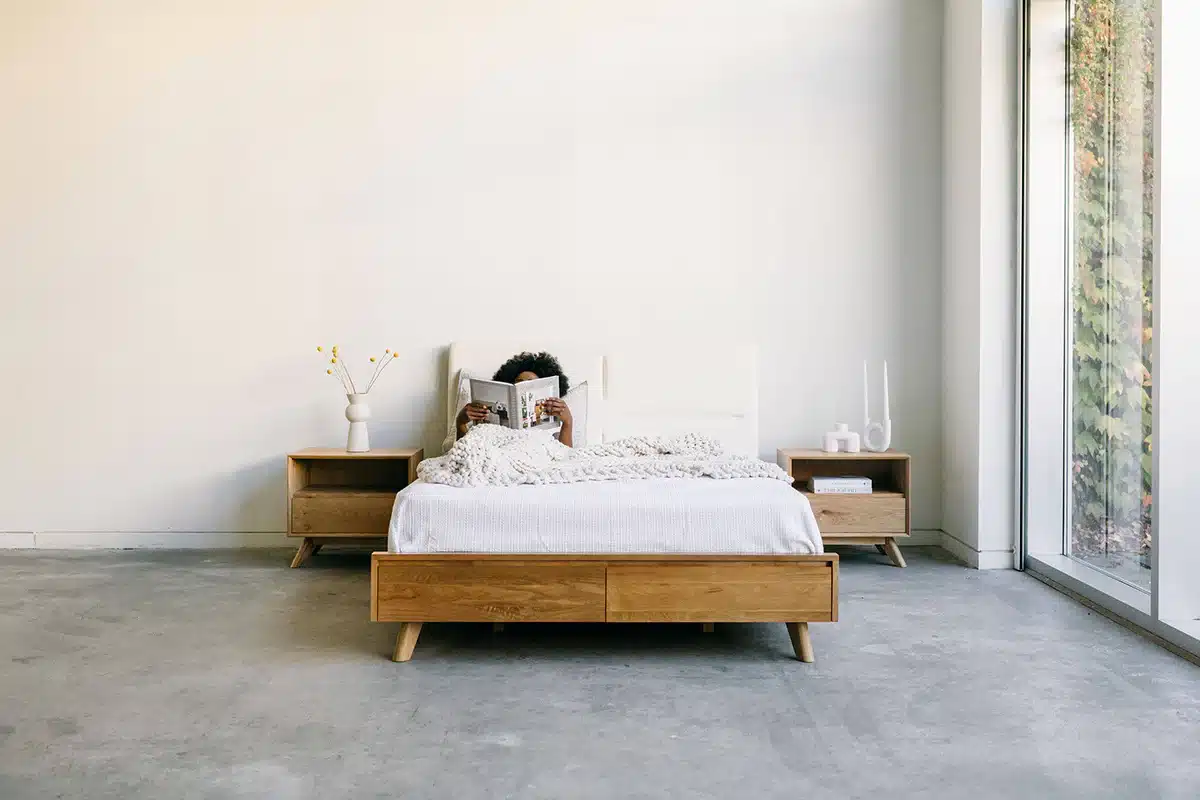 Noise from a creaky bed frame can be a significant disruptor of sleep. Movement on an unstable frame can create annoying sounds that wake you or your partner, interrupting the sleep cycle.
Noise from a creaky bed frame can be a significant disruptor of sleep. Movement on an unstable frame can create annoying sounds that wake you or your partner, interrupting the sleep cycle.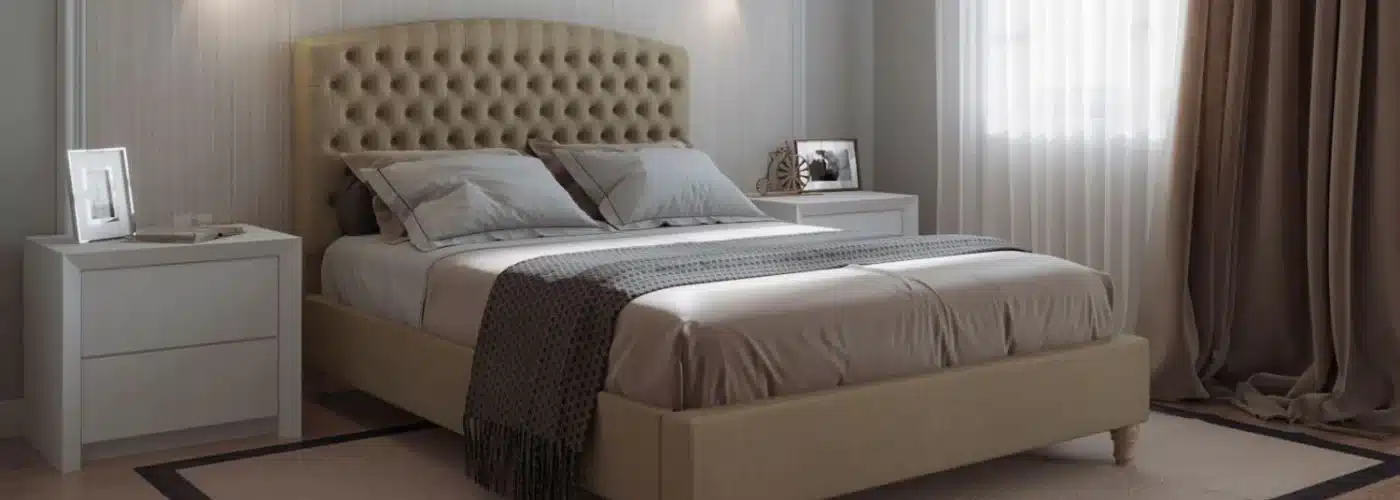 The design and appearance of a bed frame can influence your mood and mindset, which in turn affects sleep quality. A visually appealing bed frame that complements your bedroom decor can create a serene and inviting atmosphere, promoting relaxation and better sleep.
The design and appearance of a bed frame can influence your mood and mindset, which in turn affects sleep quality. A visually appealing bed frame that complements your bedroom decor can create a serene and inviting atmosphere, promoting relaxation and better sleep.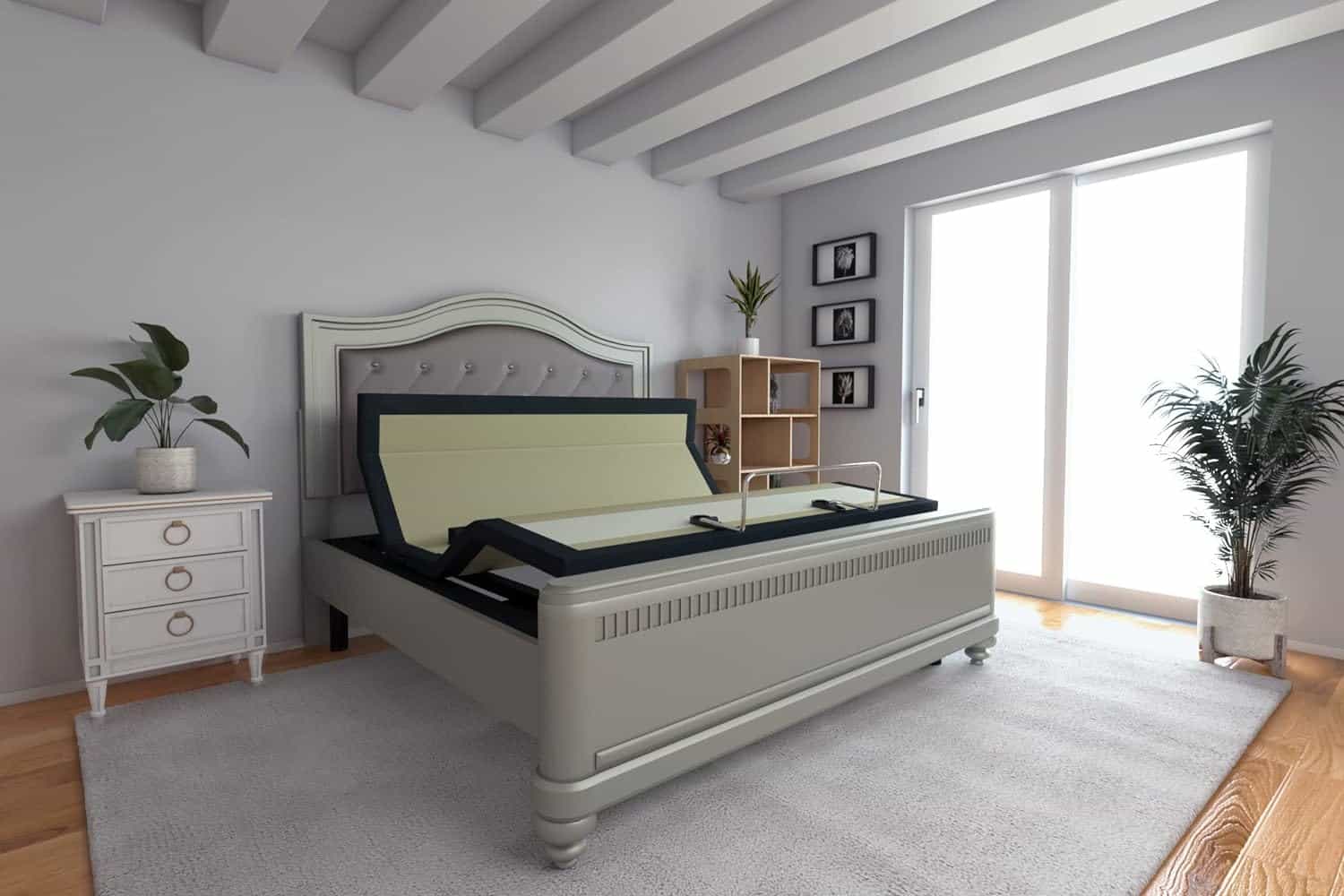 Some bed frames offer adjustable features that can enhance sleep quality by allowing you to customize your sleeping position. Adjustable bed frames can elevate the head or foot of the bed, which can be beneficial for individuals with specific health conditions, such as acid reflux or sleep apnea.
Some bed frames offer adjustable features that can enhance sleep quality by allowing you to customize your sleeping position. Adjustable bed frames can elevate the head or foot of the bed, which can be beneficial for individuals with specific health conditions, such as acid reflux or sleep apnea.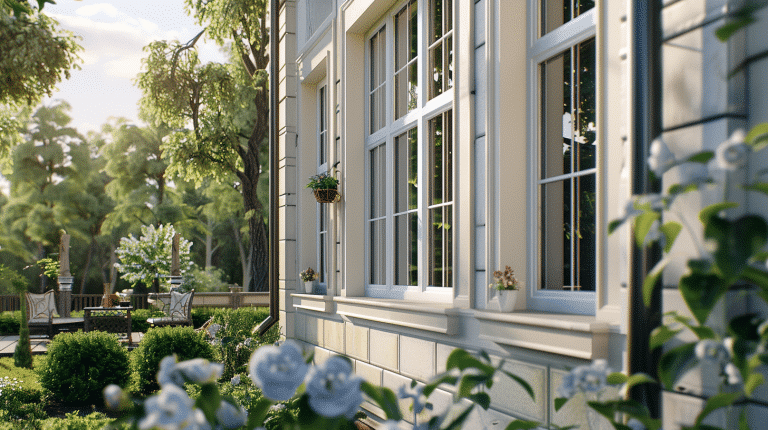
 Lately, UPVC windows have transformed the entire game of home improvement to a wholesome degree. The trend has gone far beyond the simple and boring standard white frames.
Lately, UPVC windows have transformed the entire game of home improvement to a wholesome degree. The trend has gone far beyond the simple and boring standard white frames. This section will explain UPVC windows and list a few advantages, giving a definitive picture of all the options available in the market.
This section will explain UPVC windows and list a few advantages, giving a definitive picture of all the options available in the market. The different styles of UPVC windows provide a wide array of styles to suit the architectural designs and preferences of various degrees, giving potential customers several options before making a call.
The different styles of UPVC windows provide a wide array of styles to suit the architectural designs and preferences of various degrees, giving potential customers several options before making a call.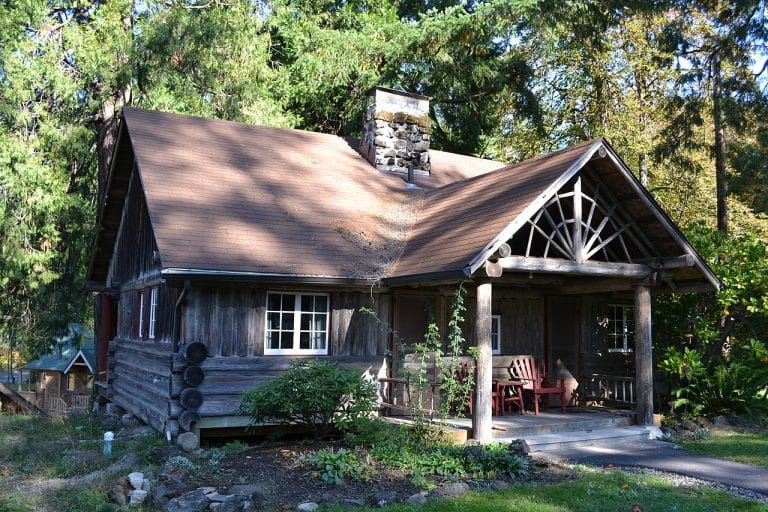

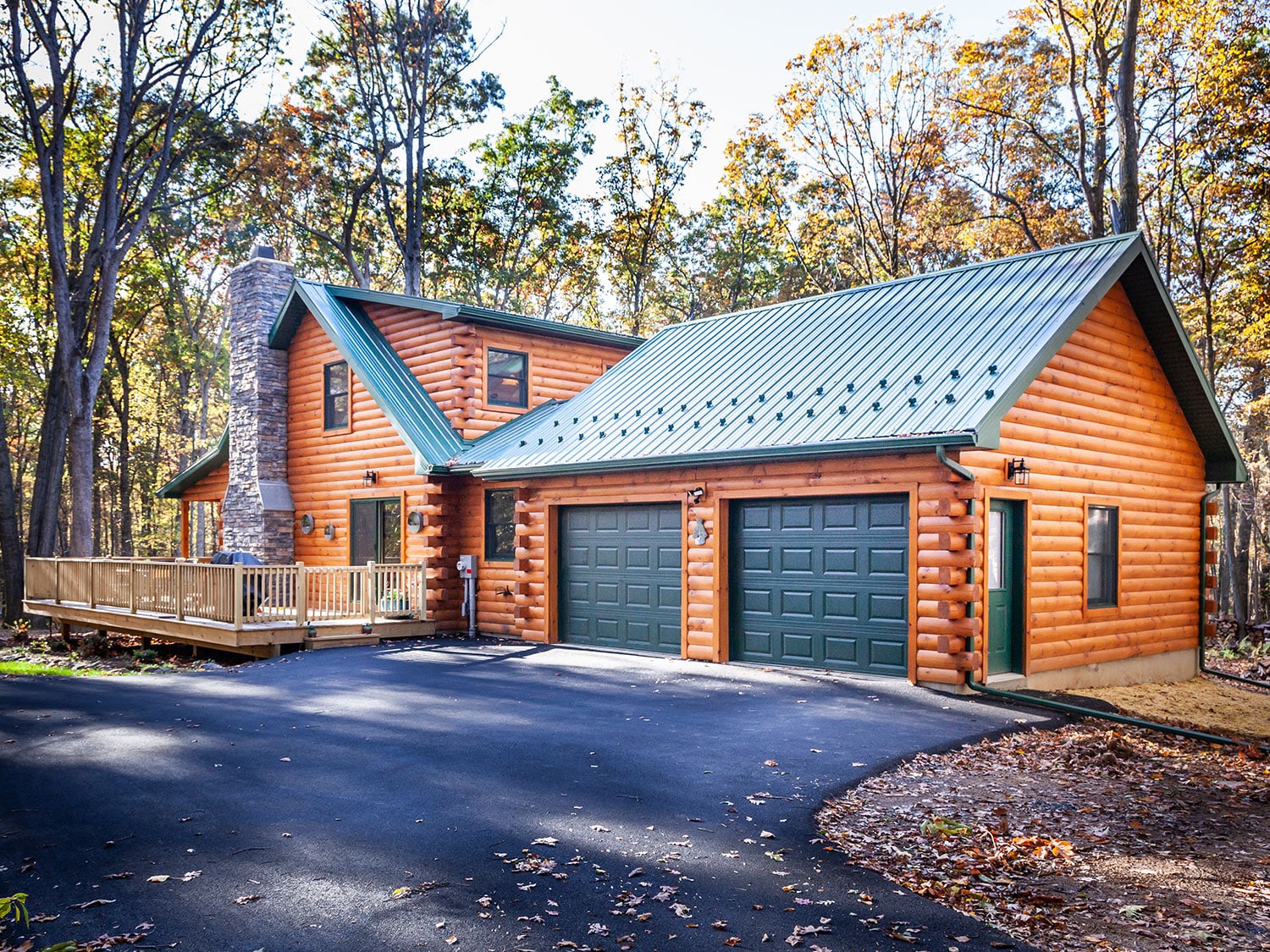 At this point, we believe you have chosen a contractor after your visit. Now, it’s time to finalize the design. This action will be done in conjunction with the contractor.
At this point, we believe you have chosen a contractor after your visit. Now, it’s time to finalize the design. This action will be done in conjunction with the contractor.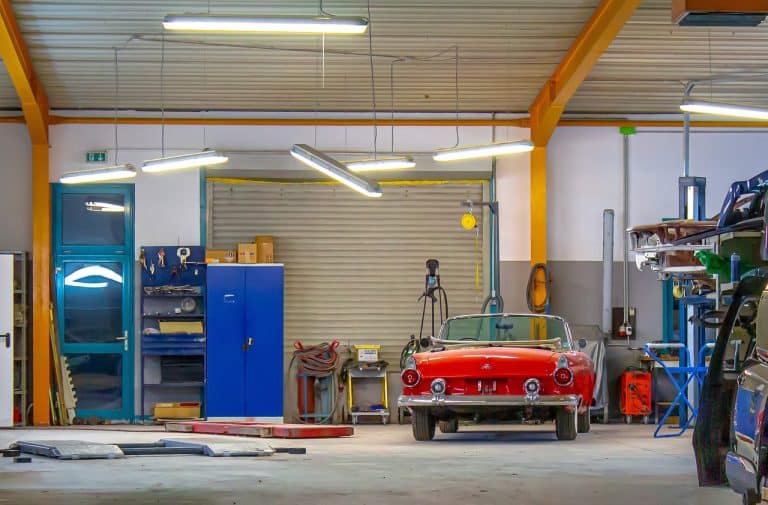
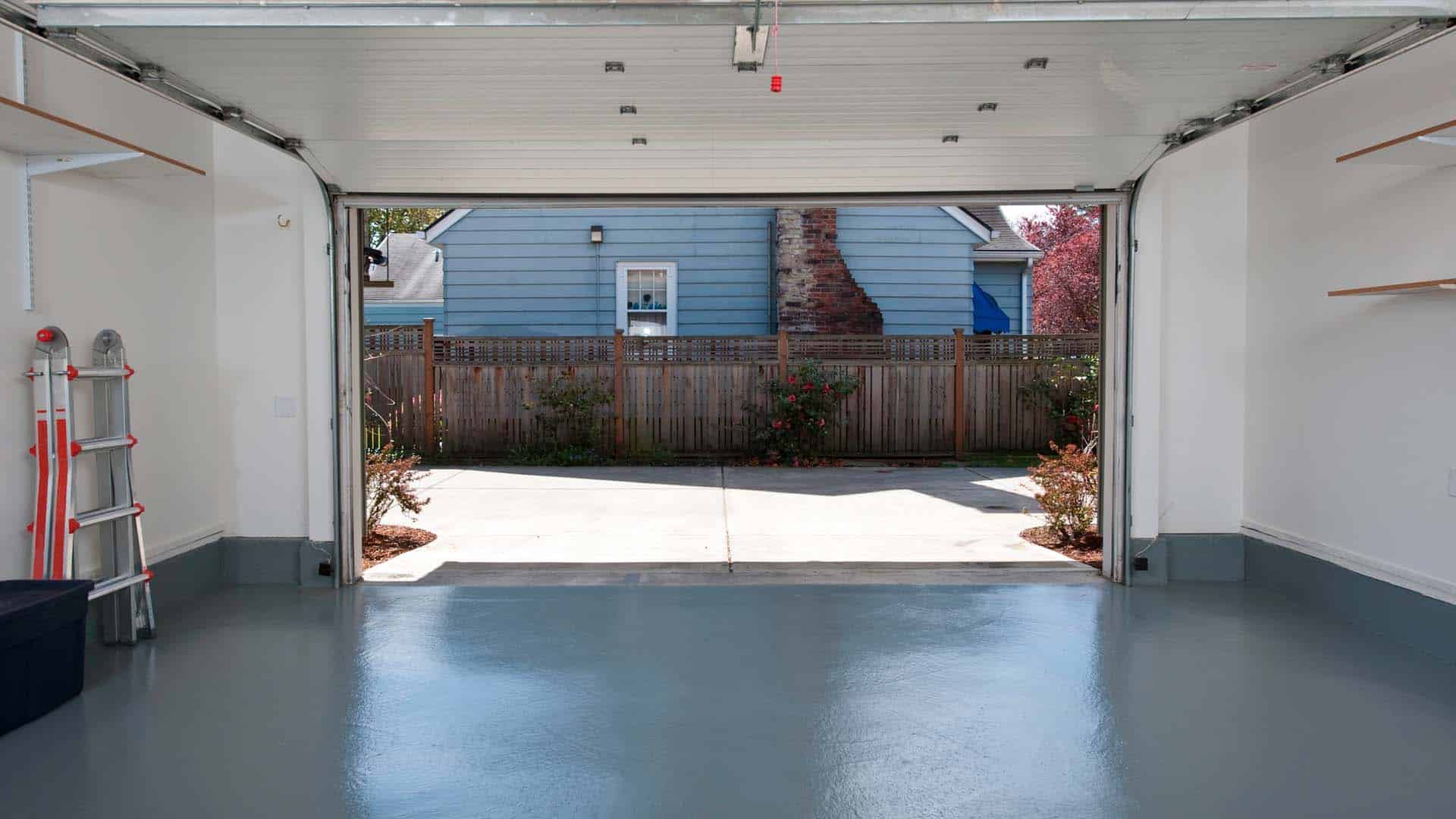 When you’re ready to upgrade your garage, the floor is a great place to start. It’s the foundation of your space, and its condition often determines the overall feel and functionality of your garage. In Phoenix, AZ, choosing the right garage floor coating is crucial due to the extreme temperatures that can affect the durability and appearance of your floor.
When you’re ready to upgrade your garage, the floor is a great place to start. It’s the foundation of your space, and its condition often determines the overall feel and functionality of your garage. In Phoenix, AZ, choosing the right garage floor coating is crucial due to the extreme temperatures that can affect the durability and appearance of your floor.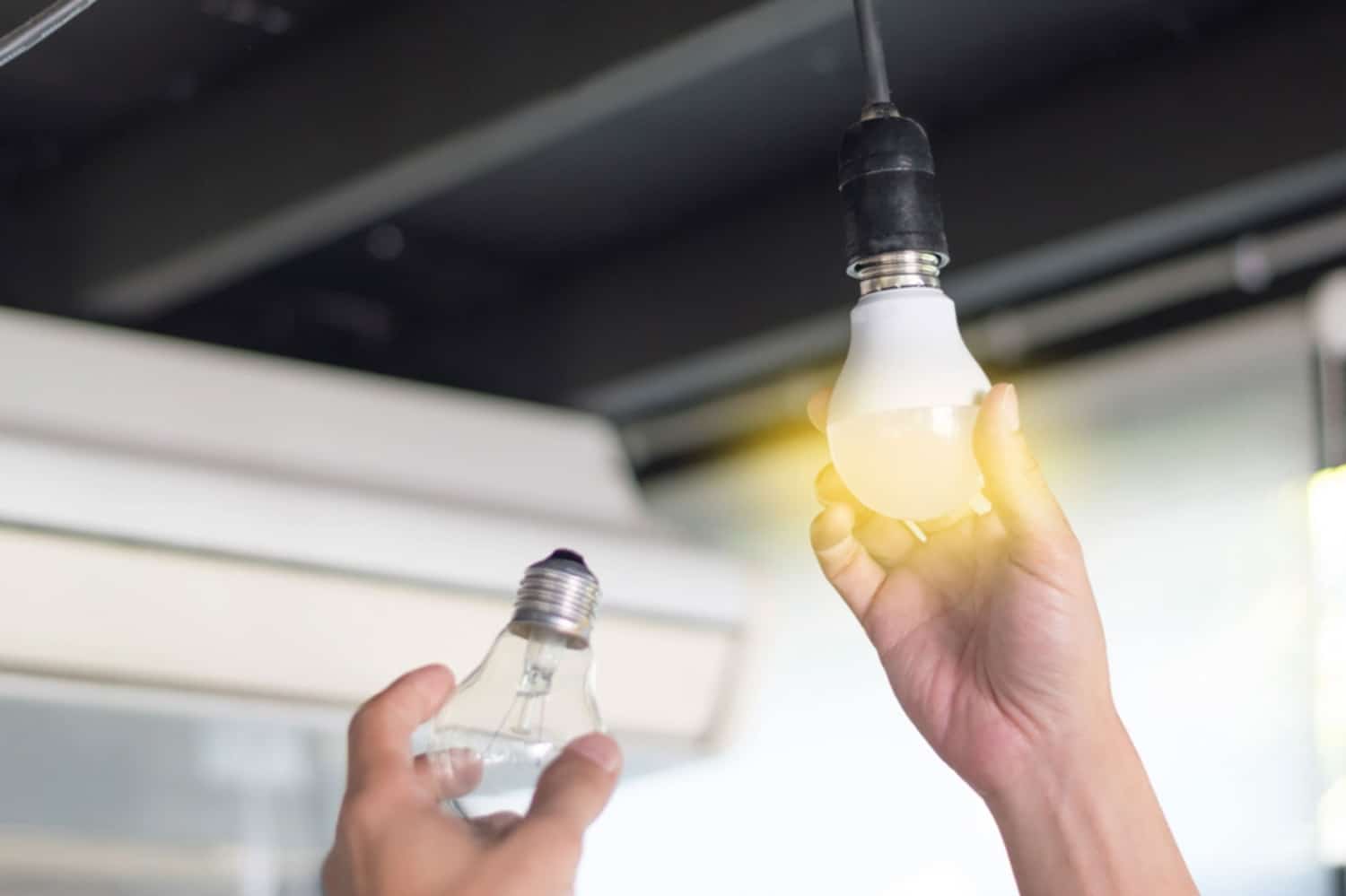 Good lighting is essential in a garage, especially if you use the space for projects or repairs. Upgrading to LED lights can provide bright, energy-efficient illumination that enhances visibility and creates a more inviting space. Plan your lighting to cover all areas of the garage, with overhead lights for general lighting and task lights in areas where you need focused light for detailed work.
Good lighting is essential in a garage, especially if you use the space for projects or repairs. Upgrading to LED lights can provide bright, energy-efficient illumination that enhances visibility and creates a more inviting space. Plan your lighting to cover all areas of the garage, with overhead lights for general lighting and task lights in areas where you need focused light for detailed work.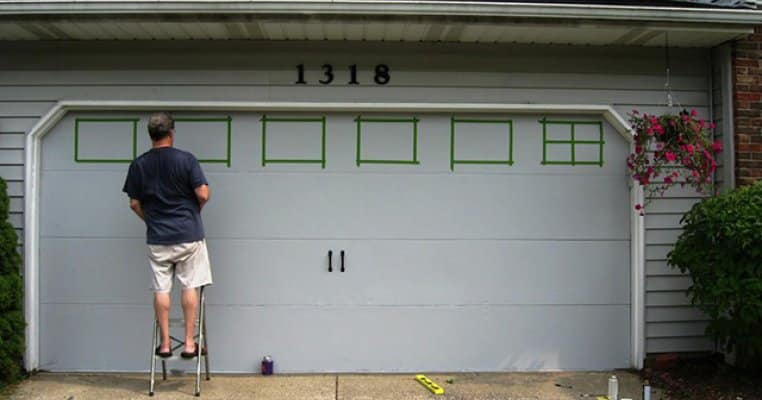 Updating the walls can significantly change the
Updating the walls can significantly change the 







